It's an interesting phenomenon and makes me think we may be in the midst of another paradigm shift (albeit a small one) in how systematics is done. Looking back over the years, you can clearly see turnovers in schools of scientific inquiry. Here's a short list:
Numerical Taxonomy
Starting in the early 1960s, numerical taxonomists brought a quantitative approach to taxonomy and systematics that previously been absent. This was driven largely by statisticians (Sokal, Sneath) and the notion that careful measurements could lead to improved taxonomic hierarchies. During the 1970s this field fractured into phenetics and cladistics. Then the cladists ate all the pheneticists.
Cladistics (and cladists)
While cladistics and cladists are tightly linked, not all people who practice cladistics are cladists and not all cladists always employ a strictly cladistic approach. In essence, it's a semantic argument, something that all good cladists enjoy. I define cladists as those followers of Willi Hennig who espouse a parsimony-only approach to systematics. They aggressively routed the numerical taxonomists in the 70s and then stuck around to rail against likelihood, Bayesian analysis, and, in some cases, evolutionary inference itself. For more detail on this era of systematics, check out the chapter in Joe Felsenstein's Inferring Phylogenies book.
Molecules vs. morphology
Starting in the mid-1980s, the introduction of PCR led to a technical revolution in systematics. Suddenly, everyone was scrambling to sequence DNA in his or her favorite organism and use it to generate phylogenies. Like most of the previous theoretical and technical advances in systematics, DNA promised to "fix everything." This, of course, hasn't come to pass and, even now that we can sequence entire genomes, some systematic questions remain difficult to approach. What did happen was a massive shift in resources, both in terms of grant funding and jobs offered, with the traditional morphologists being on the losing end of things. This led to a lot of animosity - I can still remember being called a "moleculoid" by some of my older colleagues. Luckily, this has largely blown over and most systematists take a holistic approach to understanding relationships in their focal taxa.
DNA barcoding
In some ways barcoding is a spin off of the molecules vs. morphology debate. The notion here is that taxonomy isn't really needed now that we can use DNA sequence to uniquely identify (or barcode) species. While DNA approaches are important techniques to have in your taxonomic toolkit, throwing out all by a single character system (the COI gene if you work on animals) in your taxonomy is ridiculous. And many people have pointed this out before. The initial DNA barcoding push was really more of a marketing campaign than a novel scientific approach and, once again, a more inclusive approach is being taken.
Statistical phylogenetics
The idea that phylogenies are statistical statements about evolutionary history and can not only be viewed as hypotheses but also used to test hypotheses is the predominant paradigm in modern systematics. More advanced analytical techniques, increased processor speed, and the introduction of model-based approaches have all helped shaped modern phylogeneic systematics. Powerful statistical methods are currently causing an expansion of systematics and driving the "use of trees" over the "building of trees." I think this is a normal, natural outgrowth of the field and will hopefully continue to drive it forward.
My own work is moving away from tree building and more into the area of community assembly and interaction so I've been reading a lot about phylogenetic community ecology (PCE from here on out - too much to write) as a way to merge the fields. I ran across this interesting blog post a few days back where the author, Jeremy Fox, makes the case that PCE is a "bandwagon." He makes bring up some good points (although he uses a pseudo-subjective literature review to do so) and the post is worth a read.
This all leaves me wondering, however, if there's really anything wrong with any one field or subfield jumping on a bandwagon. This is, at least if you take an historical perspective, how science moves forward. For example, organismal biology jumped hard on the DNA bandwagon in the late 1980s/early 1990s, eliminating entire -ologies in the rush to capitalize on the new technology. Within 10 years, however, people began to realize that you couldn't place those DNA-based phylogenies in context without some knowledge of basic biology so the field corrected itself, including the new theories and technologies. I imagine this is what will happen as a result of the current push for hypothesis testing in phylogenetics.
Patrick O'Grady
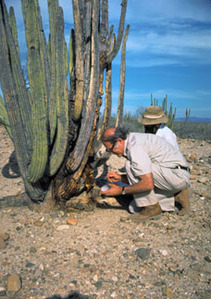
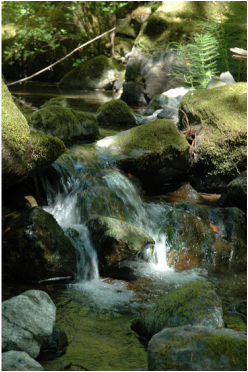

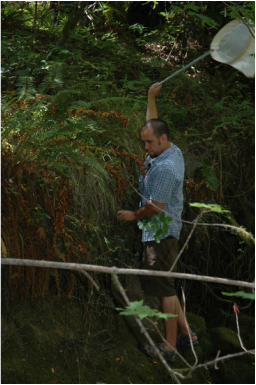
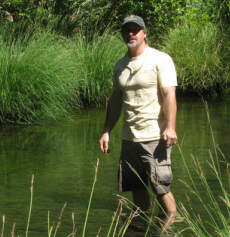
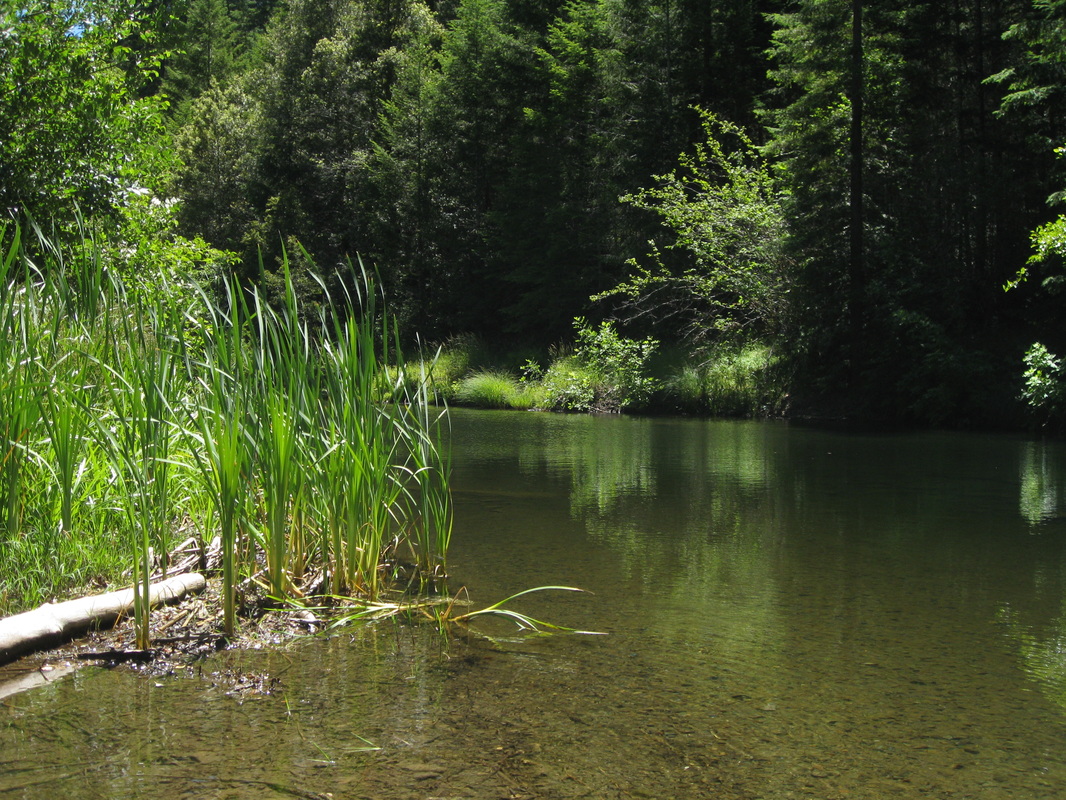
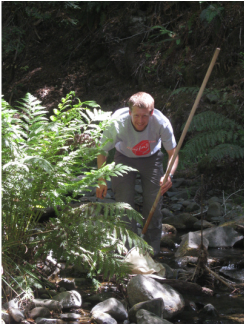
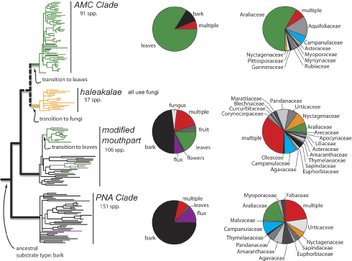

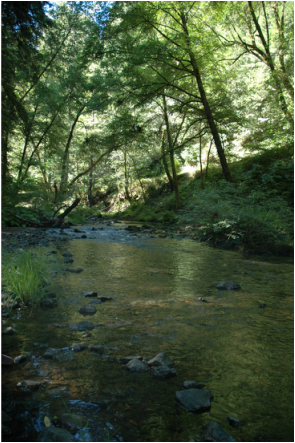
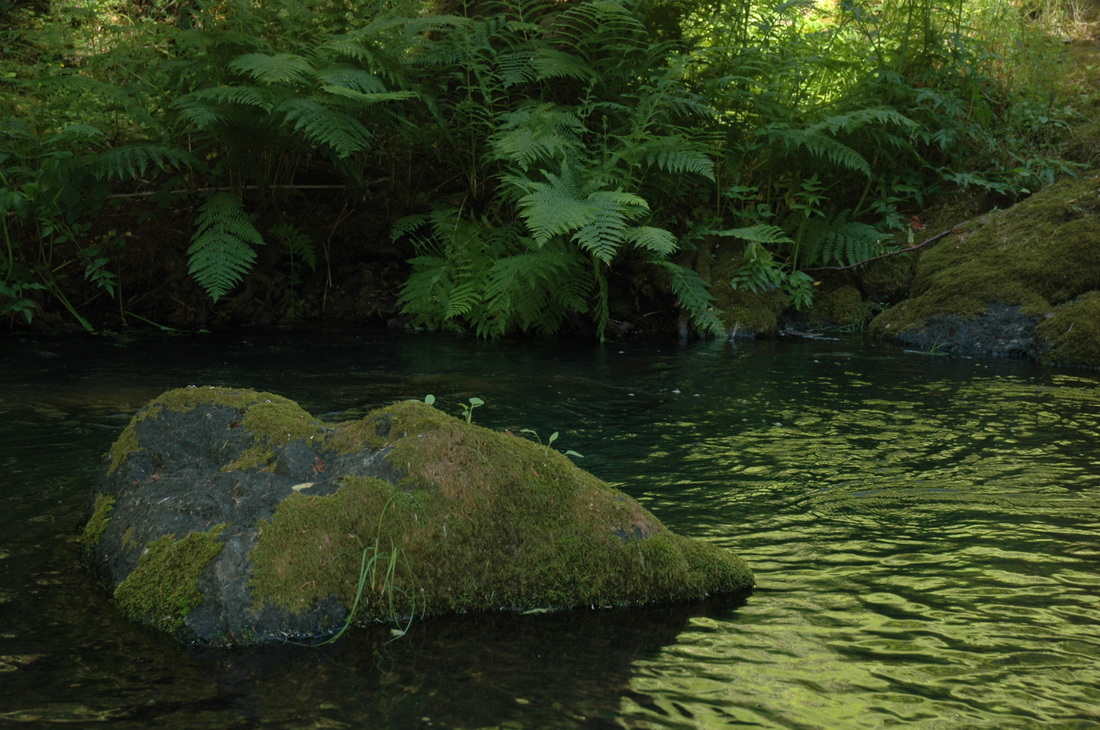
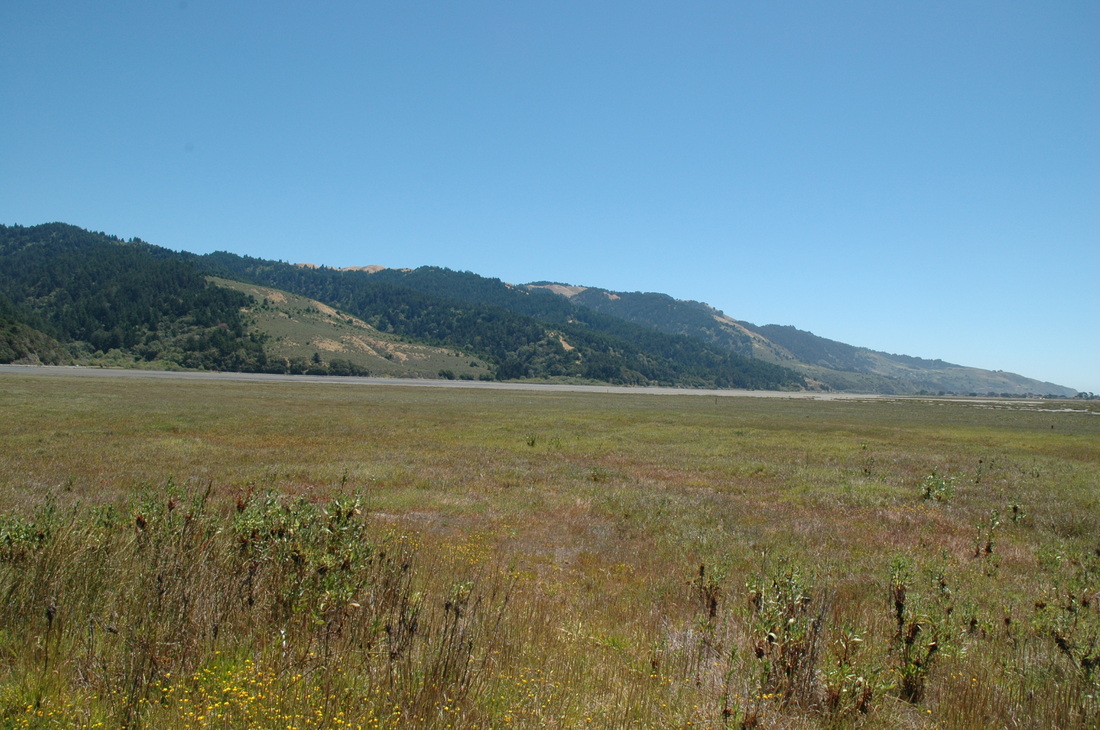
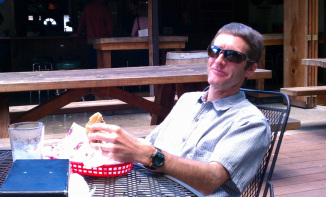
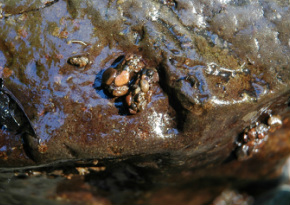
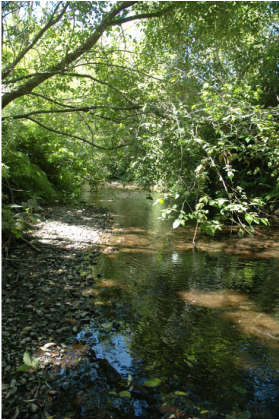
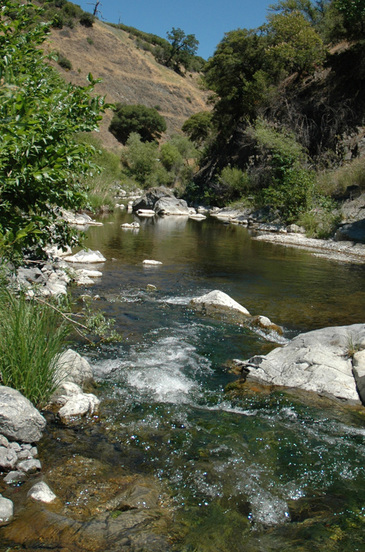
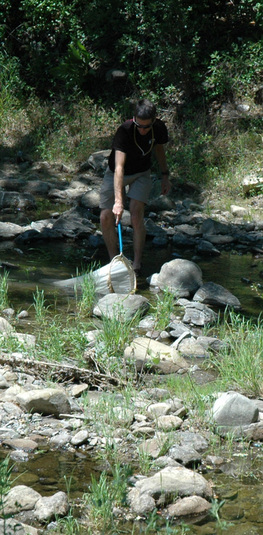
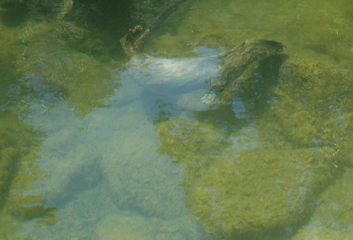
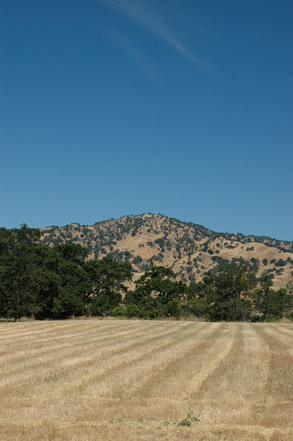
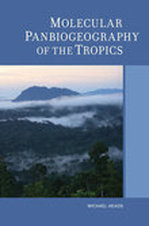
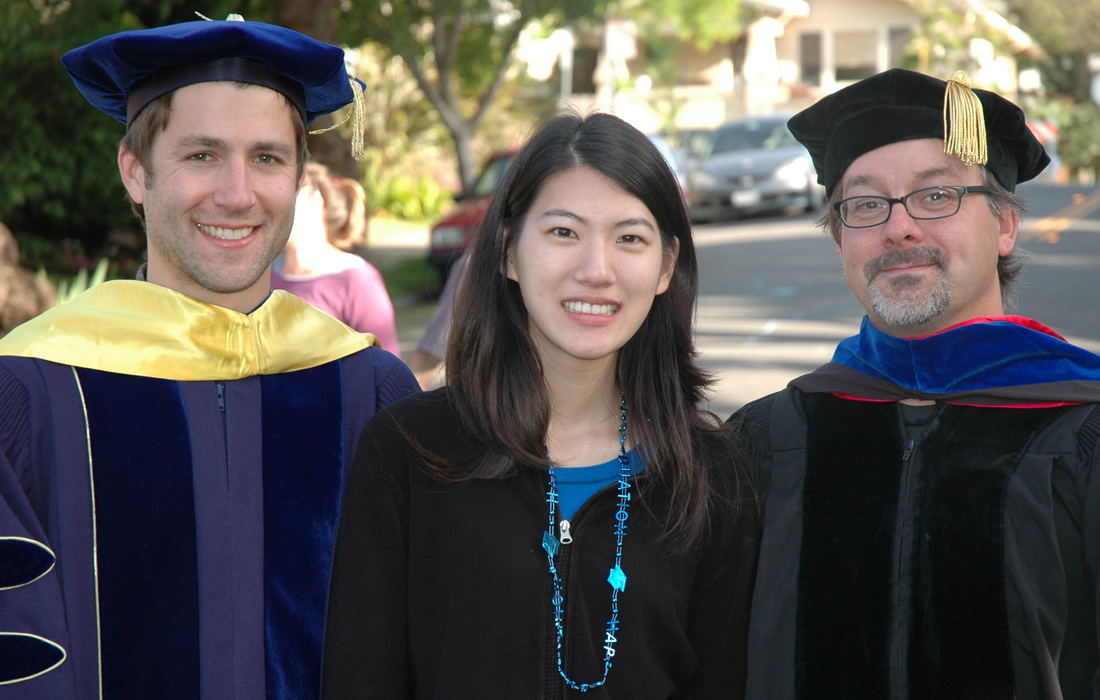
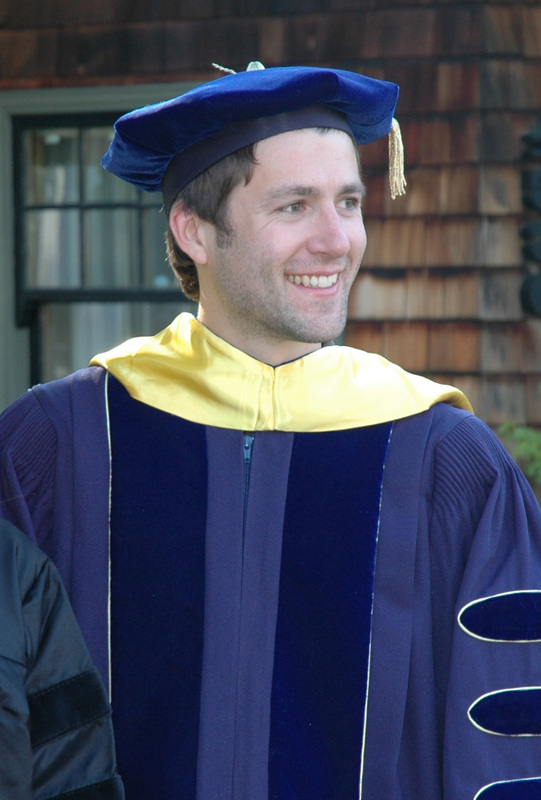
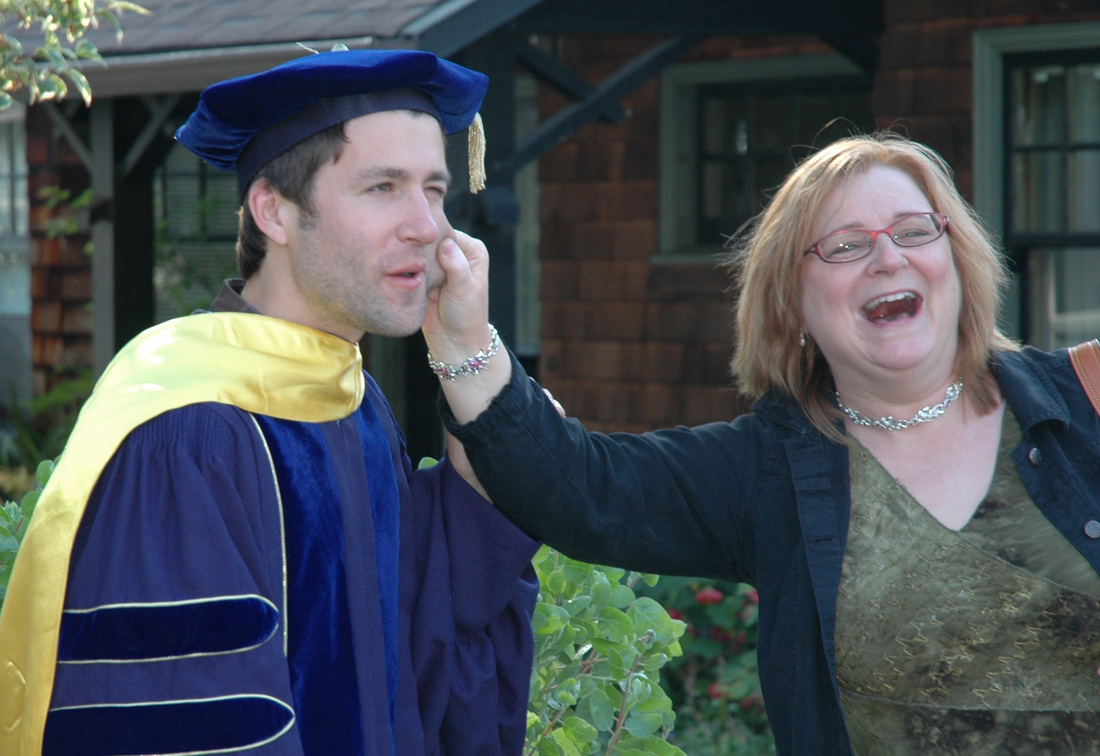

 RSS Feed
RSS Feed
